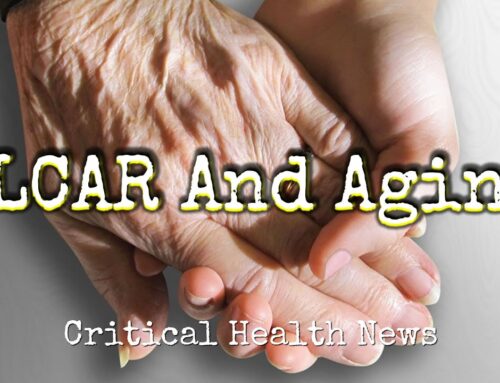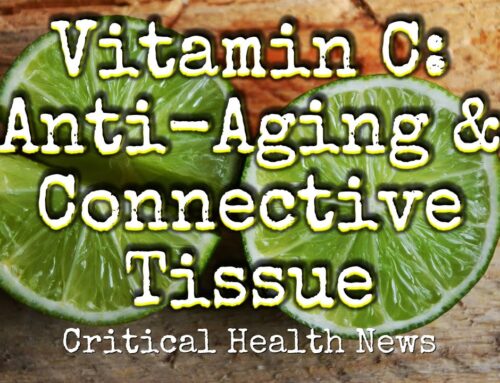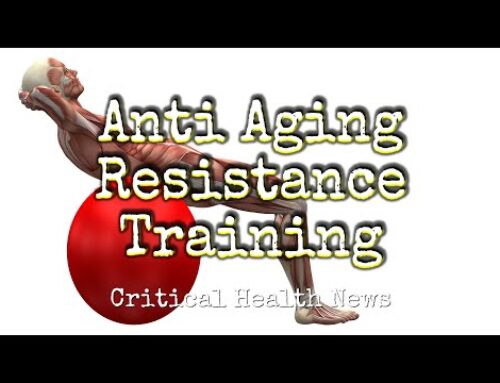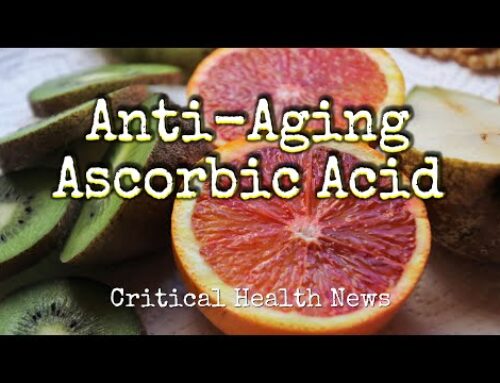The three major nutritional components of foods are called macronutrients or “macros” for short. They include carbohydrates (aka sugars), which play an important role in energizing cells, act to support immunity and cell to cell communication. Fats are involved in strengthening cellular structure, inflammation and anti-inflammation, while acting as a raw material for hormone and hormone-like substances.
The third macronutrient is protein, the superstar of human biology. Nutrition proteins are composed of smaller pieces called “amino acids”. Known as building blocks, there are 20 aminos in total, each with their own interesting therapeutic properties. One called “tyrosine” has caffeine-like properties. Another, “taurine” is used to treat seizure disorders and “lysine” has been used for decades as a preventative and even remedy for viral cold sores.
My personal favorite amino is “arginine”. It’s the most powerful of the amino acids, as measured by its high pH and it’s the amino world’s most potent blood vessel dilator, for cardiovascular and male sexual health. Arginine enhances the secretion and the effects of growth hormone, making it the most anti-aging of the amino acids. It also has a long successful history of healing wounds. Arginine has blood sugar stabilizing benefits for diabetics.
Arginine is found abundantly in high protein foods, especially organ meats, fish and eggs. It’s also available in powder and capsules. A good daily dose of arginine is one to two grams a day, although it’s completely non-toxic and you may get added benefit by taking more.










